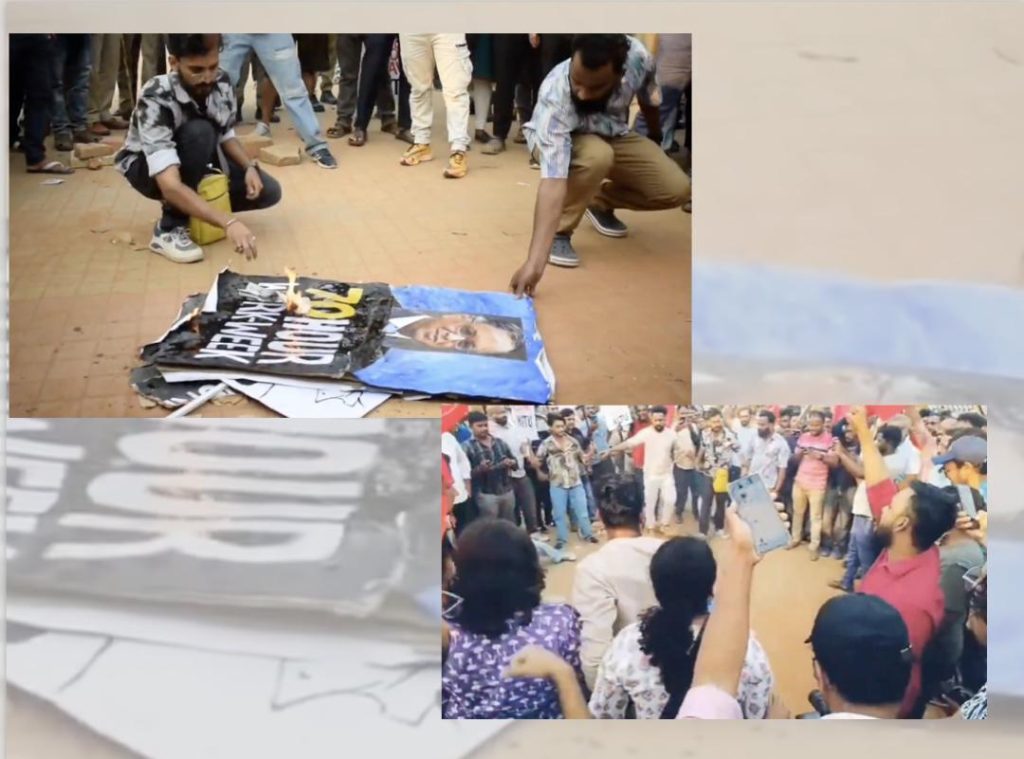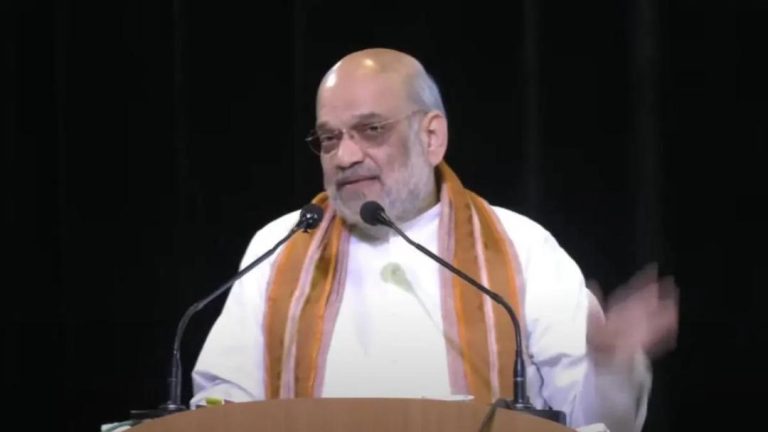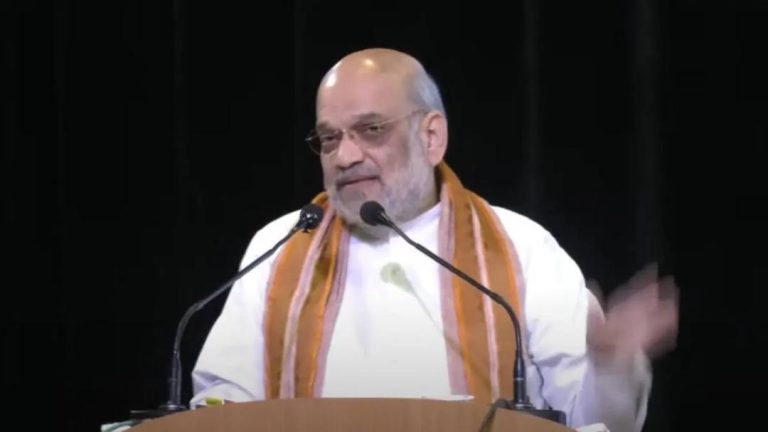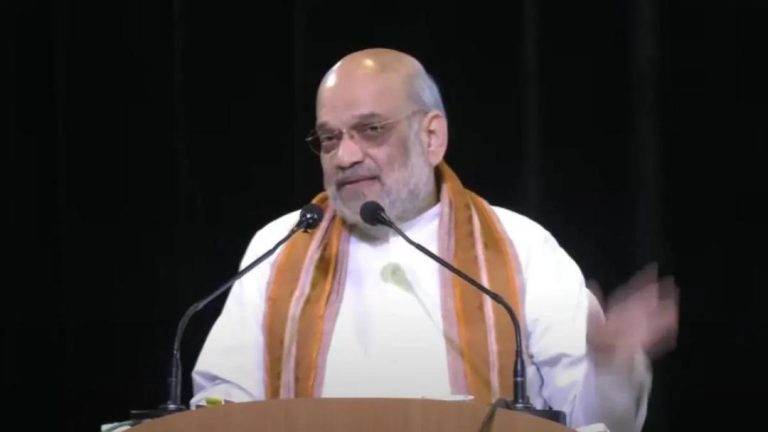
Title: IT Employees Burn Murthy, L&T Chief’s Effigies for Proposing Longer Workweeks
In a bold protest, IT employees in Bengaluru, India, burnt effigies of Infosys Founder Narayana Murthy and L&T Chairman SN Subrahmanyan, demanding an end to exploitative work practices. The protest, organized by the Karnataka IT Unions (KITU), an IT employees’ union in Karnataka, was a scathing rebuke to the two business leaders who had recently suggested longer workweeks for employees.
The controversy began when Narayana Murthy, the co-founder of Infosys, suggested that IT employees should work 70-hour weeks to stay competitive in the industry. His remarks sparked outrage among IT employees, who felt that such a proposal was nothing short of exploitation. Subrahmanyan, the Chairman of Larsen & Toubro (L&T), followed suit by suggesting that employees should work 90 hours a week.
The proposals triggered widespread anger and resentment among IT employees, who have long been complaining about the grueling work culture in the industry. The employees feel that they are already working long hours, often sacrificing their personal lives and well-being for the sake of their careers. The suggestion that they should work even longer hours has been seen as a blatant attempt to squeeze more productivity out of them without providing adequate compensation or benefits.
In response to the proposals, KITU decided to organize a protest in Bengaluru, the IT hub of India. On the day of the protest, hundreds of IT employees gathered at the Bengaluru Police Commissioner’s office, demanding justice and an end to exploitative work practices. Despite the police attempting to stop them, the employees went ahead and burnt the effigies of Murthy and Subrahmanyan.
The protest was marked by a sense of urgency and frustration among the IT employees. Many of them shared their personal stories of struggle and sacrifice, highlighting the toll that the long working hours were taking on their mental and physical health. They also demanded better working conditions, including flexible work hours, adequate compensation, and employee benefits.
The Karnataka IT Unions (KITU) has been at the forefront of the protest movement, demanding an end to exploitative work practices in the IT industry. The union has been fighting for the rights of IT employees, who have long been exploited by their employers. The union’s leaders have been vocal in their criticism of Murthy and Subrahmanyan, accusing them of being out of touch with the reality of the IT industry.
The protest has sparked a national debate on the working conditions in the IT industry. Many experts have questioned the feasibility of longer workweeks, pointing out that it would only lead to burnout and decreased productivity in the long run. Others have argued that the industry needs to adopt more humane working practices, prioritizing the well-being of employees over profits.
The incident has also highlighted the need for greater regulation in the IT industry. Many experts have called for the government to intervene and set guidelines for working hours and conditions in the industry. The government has been slow to act, but the protest has put pressure on it to take action.
In conclusion, the burning of Murthy and Subrahmanyan’s effigies by IT employees in Bengaluru is a powerful statement against exploitative work practices in the IT industry. The protest has highlighted the need for greater awareness and action on the issue, and has put pressure on the government to take action. The incident is a wake-up call for the industry, and it is hoped that it will lead to a more humane and sustainable work culture in the years to come.






